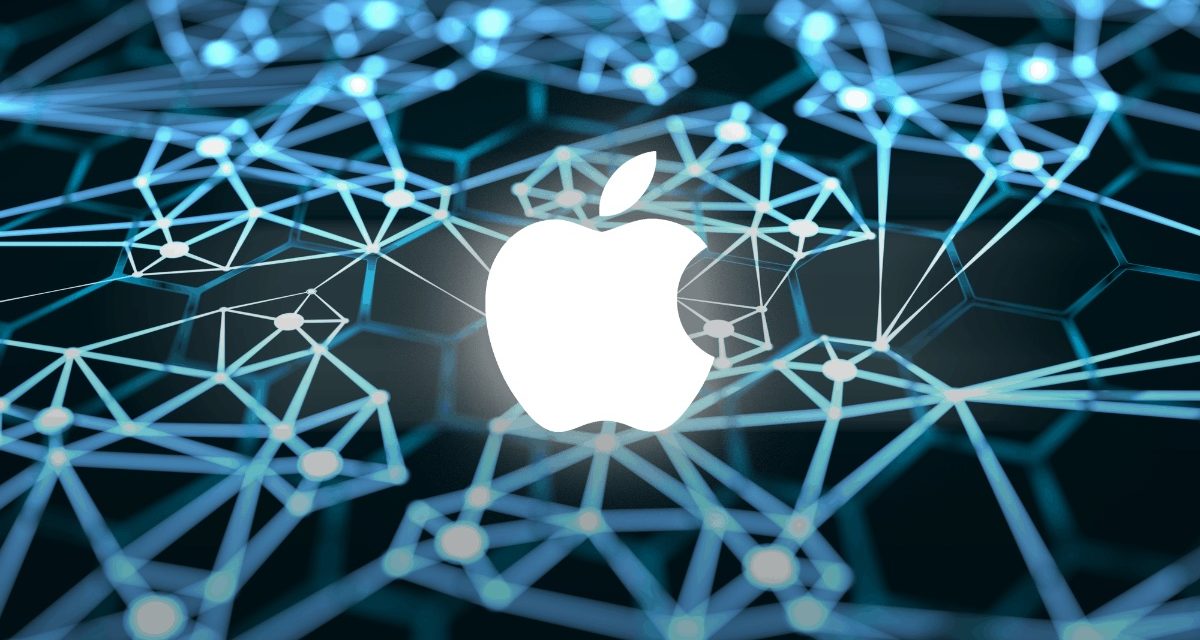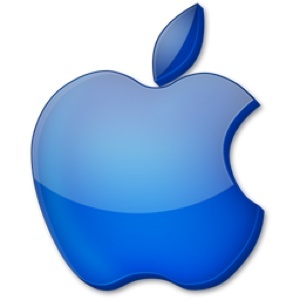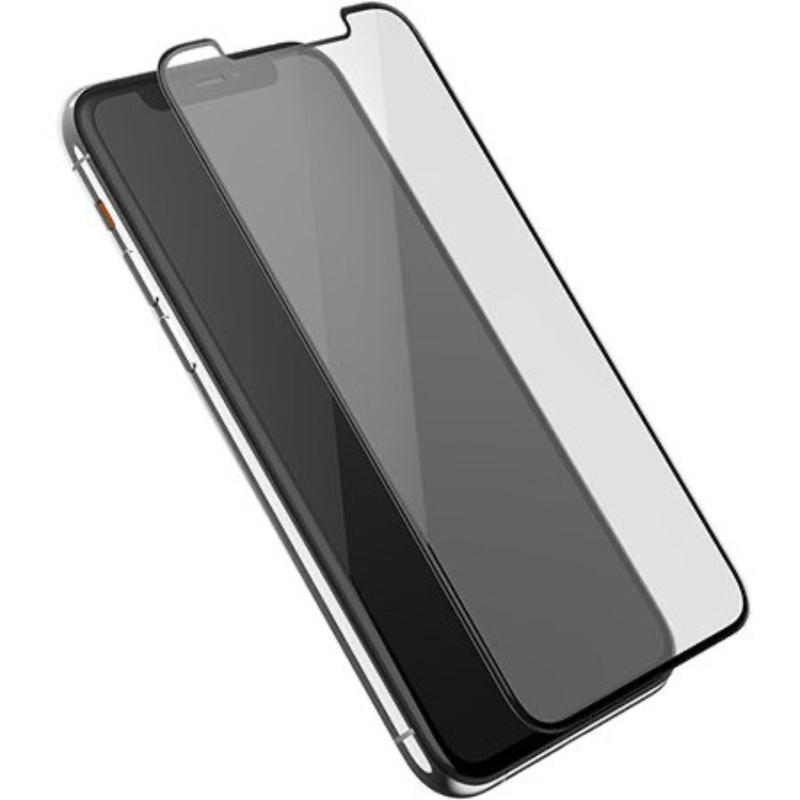Apple is silently releasing its Deep Learning framework as an open-source code, according to X user Delip Rao. The new MLX framework runs natively on Apple Silicon with a single pip install.
According to BGR, here are the top features of MLX:
Familiar APIs: MLX has a Python application programming interface (API) that closely follows NumPy. MLX also has a fully featured C++ API, which closely mirrors the Python API. MLX has higher-level packages like mlx.nn and mlx.optimizers with APIs that closely follow PyTorch to simplify building more complex models.
Composable function transformations: MLX has composable function transformations for automatic differentiation, automatic vectorization, and computation graph optimization.
Lazy computation: Computations in MLX are lazy. Arrays are only materialized when needed.
Dynamic graph construction: Computation graphs in MLX are built dynamically. Changing the shapes of function arguments does not trigger slow compilations, and debugging is simple and intuitive.
Multi-device: Operations can run on any of the supported devices (currently, the CPU and GPU).
Unified memory: A notable difference between MLX and other frameworks is the unified memory model. Arrays in MLX live in shared memory. Operations on MLX arrays can be performed on any of the supported device types without moving data.
On Github, Apple researchers explain how people should use its AI framework: “MLX is designed by machine learning researchers for machine learning researchers. The framework is intended to be user-friendly, but still efficient to train and deploy models. The design of the framework itself is also conceptually simple. We intend to make it easy for researchers to extend and improve MLX with the goal of quickly exploring new ideas.”
When it comes to Apple and AI, in an October 23 Medium post, analyst Ming-Chi Kuo says his latest survey indicates that Apple plans to purchase 2,000–3,000 and 18,000–20,000 units of artificial intelligence (AI) servers in 2023 and 2024, respectively.
This would represent about 1.3% and 5% of worldwide AI server shipments in 2023 and 2024, respectively. Each Nvidia HGX H100 8-GPU server (which Kuo thinks Apple will purchase) is priced at around US$250,000. Therefore, he estimates that Apple will spend at least about $620 million in 2023 and $4.75 billion in 2024 on AI server purchases.
From Kuo’s post: Apple’s AI server purchases are significantly lower in 2023 than in 2024 due to a shortage of Nvidia AI chips starting from 2Q23, compounded by Apple placing its orders later than other major customers.
However, even when the supply of Nvidia AI chips improves in 2024, Apple’s AI server purchases still lag behind its competitors. Taking Meta as an example, its AI server purchase in 2024 will be about 40,000 units. Not to mention, Meta’s AI server count before 2024 already far exceeds that of Apple.
Along the same lines, in an October “Power On” newsletter, Bloomberg’s Mark Gurman says that “one of the most intense and widespread endeavors at Apple Inc. right now is its effort to respond to the AI frenzy sweeping the technology industry.”
He says that, as noted before, the company built its own large language model called Ajax and rolled out an internal chatbot dubbed “Apple GPT” to test out the functionality. The critical next step is determining if the technology is up to snuff with the competition and how Apple will actually apply it to its products, according to Gurman.
He says that Apple’s senior vice presidents in charge of AI and software engineering, John Giannandrea and Craig Federighi, are spearheading the effort. On Cook’s team, they’re referred to as the “executive sponsors” of the generative AI push.
“Eddy Cue, the head of services, is also involved, I’m told. The trio are now on course to spend about $1 billion per year on the undertaking,” Gurman writes. “Giannandrea is overseeing development of the underlying technology for a new AI system, and his team is revamping Siri in a way that will deeply implement it. This smarter version of Siri could be ready as soon as next year, but there are still concerns about the technology and it may take longer for Apple’s AI features to spread across its product line.”
Also from his report:
° Federighi’s software engineering group is adding AI to the next version of iOS.
° Apple’s software engineering teams are also looking at integrating generative AI into development tools like Xcode.
° Cue’s organization is pushing to add AI to as many apps as possible. The group is exploring new features for Apple Music, including auto-generated playlists, as well as the company’s productivity apps.
Article provided with permission from AppleWorld.Today




